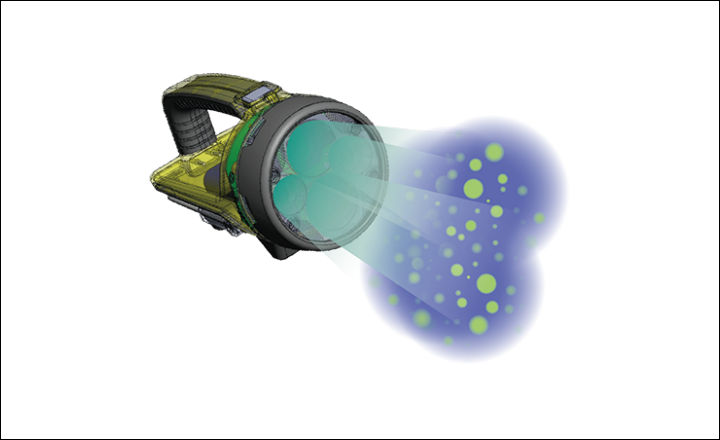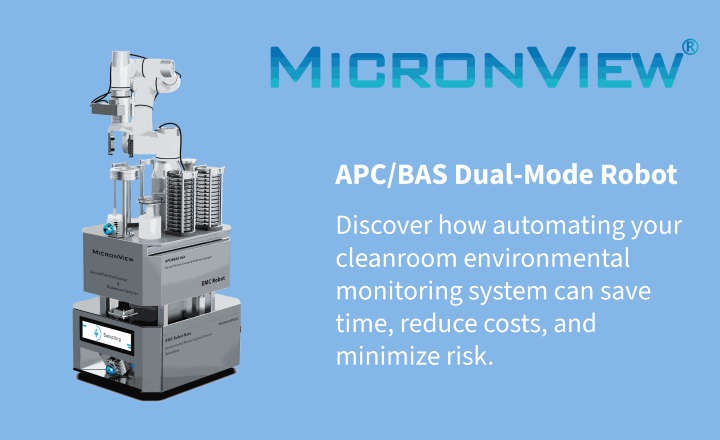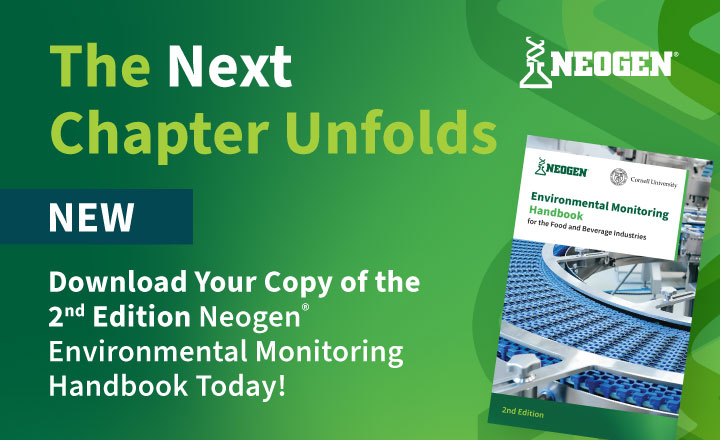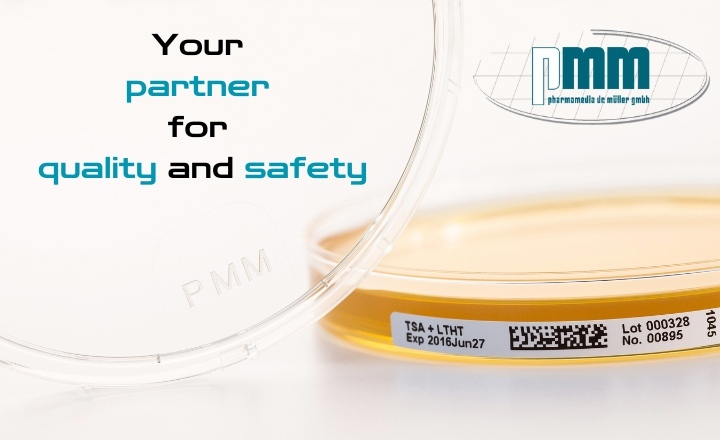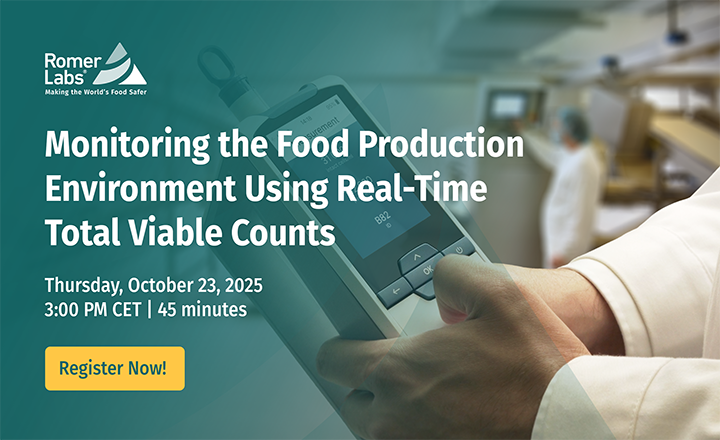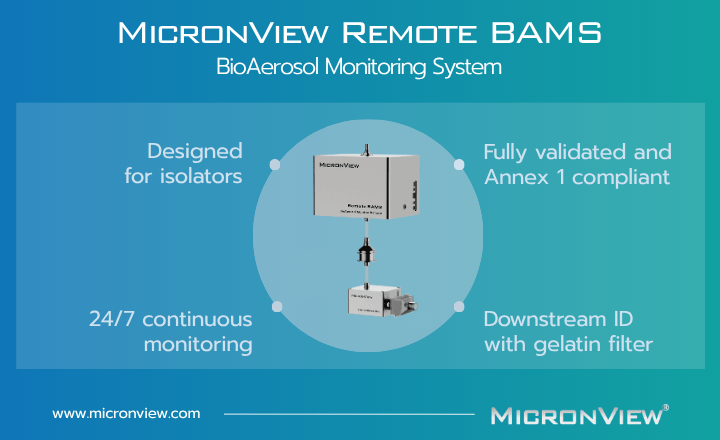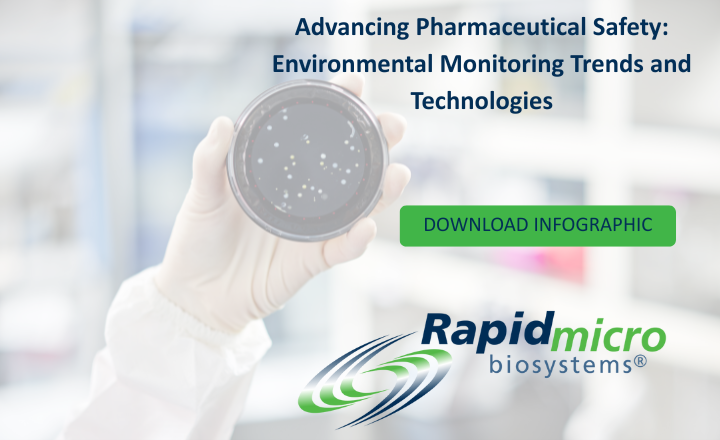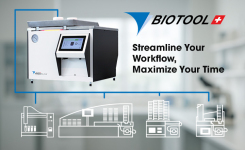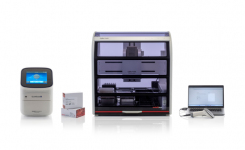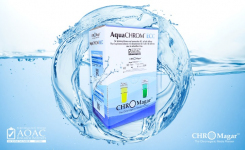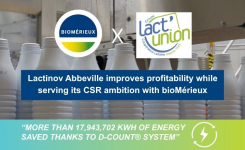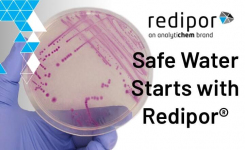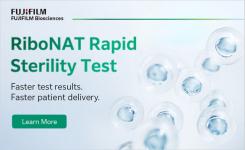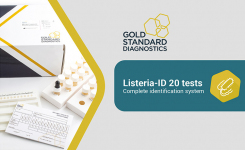Bactiscan by EIT International is the leading detection system for identifying clusters of bacteria and biofilms instantaneously on a surface. Following the successful launch of Bactiscan in July 2020, EIT International is releasing the next generation BactiscanPRO which incorporates stills and video capture capability. “This is a direct response to requests from our customers in dairy, pharma, and food production,” said Joshua Robinson, Head of R&D at EIT International, “Since the initial launch of Bactiscan last July, we have been requested to incorporate image capture technology and today we are pleased to be able to offer the BactiscanPRO to meet that need”.
The Bactiscan has been independently validated by CampdenBRI (Assessment of Bactiscan instrument for detection of food industry biofilms – November 2020) and proved effective through continuous use by some of the world’s largest food production, dairy, brewery, and pharmaceutical companies. The four high-intensity UV wavelengths emitted, combine to enable the operator to view large areas in an instantaneous and non-destructive way without the need for any dye penetrants. Bacteria-based contaminants are often undetectable using other methods such as white light and standard UV lamps, with Bactiscan and BactiscanPRO, you can radiate the beam across an entire surface and get an immediate result, so within seconds you can pick things up that would take hours with any other method.
The Bactiscan detection scanner was initially developed for the global regulated food production and processing market This was in response to the need for fast, reliable bacteria detection to increase preventative maintenance efficiencies and to reduce the number of contamination issues suffered by manufacturers even after conducting ATP swab testing, which is limited by the sample size area. At the time, many companies were using standard UV light sources, however, the cases of bacteria detection following ATP swabs remained high. Bactiscan works on the fringe of the UV spectrum and utilises 4 separate UV components that combine to focus on detecting the protein shell that is produced by bacteria to protect itself. Bactiscan has proved hugely successful in this field and has also quickly gained popularity in the brewing, pharmaceutical, nutrition, laboratory, public transport, and hospitality sectors as a bacteria detection system as part of effective cleaning protocols, particularly in light of the current Covid-19 pandemic.
How does Bactiscan identify bacteria?
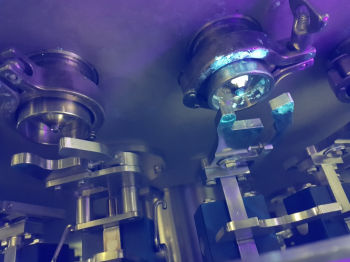
Many bacteria are protected by a thin, hard outer shell called an S-layer, or surface layer. All S-layers are part of the bacteria cell envelope and are made up of a two-dimensional array of proteins that have a crystalline appearance. It is this protein shell that is detected by Bactiscan utilising high calibration LED wavelengths that work on the fringes of the UV spectrum. These 4 separate wavelengths, once merged, will bounce off the protein crystal and emit an unmistakable green glow, often describes as a green hue.
Environmental cleaning is a fundamental principle of infection prevention and control (ICP). It is known that certain environment settings can serve as a reservoir for microorganisms, potentially contributing to the transmission of bacterial and epidemiologically significant pathogens such as methicillin-resistant Staphylococcus aureus (MRSA), vancomycin-resistant enterococcus (VRE), Acinetobacter baumannii., Clostridium difficile (C.diff) norovirus and Carbapenemasc producing Enterobacteriaceae (CPE). Containment and monitoring of surface cleaning efficacy measures are therefore essential to break the contamination chain of these microorganisms.
Several methods are widely used to perform these evaluations, such as adenosine triphosphate (ATP) bioluminescence assay and microbiological screening. Both have previously been investigated and recommended as scientific methods for the assessment of the cleanliness of surfaces using ATP reference values. Although the ATP swab process is sound for identifying what an actual bacteria or contaminant is, it is not foolproof in identifying source locations due to the small size of the physical swab sample point compared to the overall volume of the surface. Using Bactiscan/ BactsicanPRO to identify the actual location of bacterial contamination point for ATP swab tests to then be taken, increases the effectiveness of cleaning and hygiene protocols whilst removing the risk of potentially costly recalls due to testing the wrong areas of a production site.
Visual inspection is the most simple method for cleaning efficacy and room turnaround. Bactiscans’ unique wave alternating UV system, enables production and healthcare environments to immediately isolate biofilms, mould, and bacteria. Many other contaminants are also easily located and identified with Bactiscan which makes the remediation job much faster and therefore more effective.
To discover more about EIT International and Bactiscan, arrange a demo, watch this short video:
or find your Regional Bactiscan Distributor
Visit https://www.eit-international.com/ or use the 'Request Information' button below.






